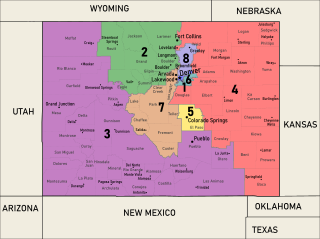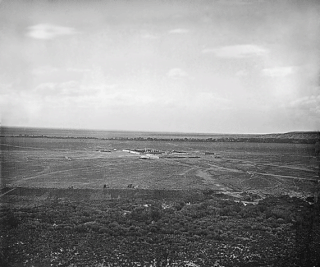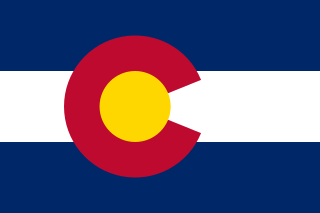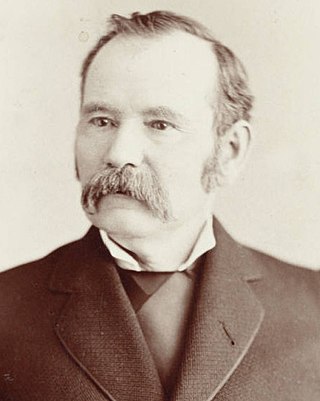Related Research Articles

Lake County is a county located in the U.S. state of Colorado. As of the 2020 census, the population was 7,436. The county seat and the only municipality in the county is Leadville. The highest natural point in Colorado and the entire Rocky Mountains is the summit of Mount Elbert in Lake County at 14,440 feet elevation.

Costilla County is a county located in the U.S. state of Colorado. As of the 2020 census, the population was 3,499. The county seat is San Luis, the oldest continuously occupied town in Colorado.

The City of Sheridan is a home rule municipality located in Arapahoe County, Colorado, United States. Sheridan is a part of the Denver–Aurora–Lakewood, CO Metropolitan Statistical Area. The population was 6,105 at the 2020 census.

The region that is today the U.S. state of Colorado has been inhabited by Native Americans and their Paleoamerican ancestors for at least 13,500 years and possibly more than 37,000 years. The eastern edge of the Rocky Mountains was a major migration route that was important to the spread of early peoples throughout the Americas. The Lindenmeier site in Larimer County contains artifacts dating from approximately 8720 BCE.

The Colorado General Assembly is the state legislature of the State of Colorado. It is a bicameral legislature consisting of the Senate and House of Representatives that was created by the 1876 state constitution. Its statutes are codified in the Colorado Revised Statutes (C.R.S.). The session laws are published in the Session Laws of Colorado.

The Colorado State Senate is the upper house of the Colorado General Assembly, the state legislature of the US state of Colorado. It is composed of 35 members elected from single-member districts, with each district having a population of about 123,000 as of the 2000 census. Senators are elected to four-year terms, and are limited to two consecutive terms in office. Senators who are term-limited become eligible to run again after a one-term respite.

Since Colorado became a U.S. state in 1876, it has sent congressional delegations to the United States Senate and United States House of Representatives, beginning with the 44th United States Congress. Prior to statehood, the Colorado Territory sent non-voting delegates to the House of Representatives from 1861 to 1876. Each state elects two senators to serve for six years, and members of the House to two-year terms. Each state elects two senators to serve for six years in general elections, with their re-election staggered. Prior to the ratification of the Seventeenth Amendment in 1913, senators were elected by the Colorado General Assembly. Each state elects a varying number of, but at least one, member of the House, depending on population, to two-year terms. Colorado has sent eight members to the House in each congressional delegation since the 2020 United States Census.

Fort Garland (1858–1883), Colorado, United States, was designed to house two companies of soldiers to protect settlers in the San Luis Valley, then in the Territory of New Mexico (1850-1912). It was named for General John Garland (1793-1861), then commander of the United States Army's Military District of New Mexico.
The Territory of Colorado was represented by one non-voting delegate at-large to the United States House of Representatives from its organization in 1861, until statehood in 1876.

This is an alphabetical list of articles related to the U.S. State of Colorado.

The following outline is provided as an overview of and topical guide to the U.S. state of Colorado:
This timeline is a chronology of significant events in the history of the U.S. State of Colorado and the historical area now occupied by the state.

The 1876 United States presidential election in Colorado took place on November 7, 1876, as part of the 1876 United States presidential election. The state legislature chose three representatives, or electors to the Electoral College, who voted for president and vice president, which would be the first and only time the state would do so.

The 1876 Colorado gubernatorial election took place on October 3, 1876, to elect the 1st Governor of Colorado after the state was admitted to the union on August 1, 1876. Republican John Long Routt, last governor of the Colorado Territory, was elected in a close race against Democratic nominee Bela M. Hughes.
References
- ↑ "Today in History: August 1". loc.gov. Library of Congress.